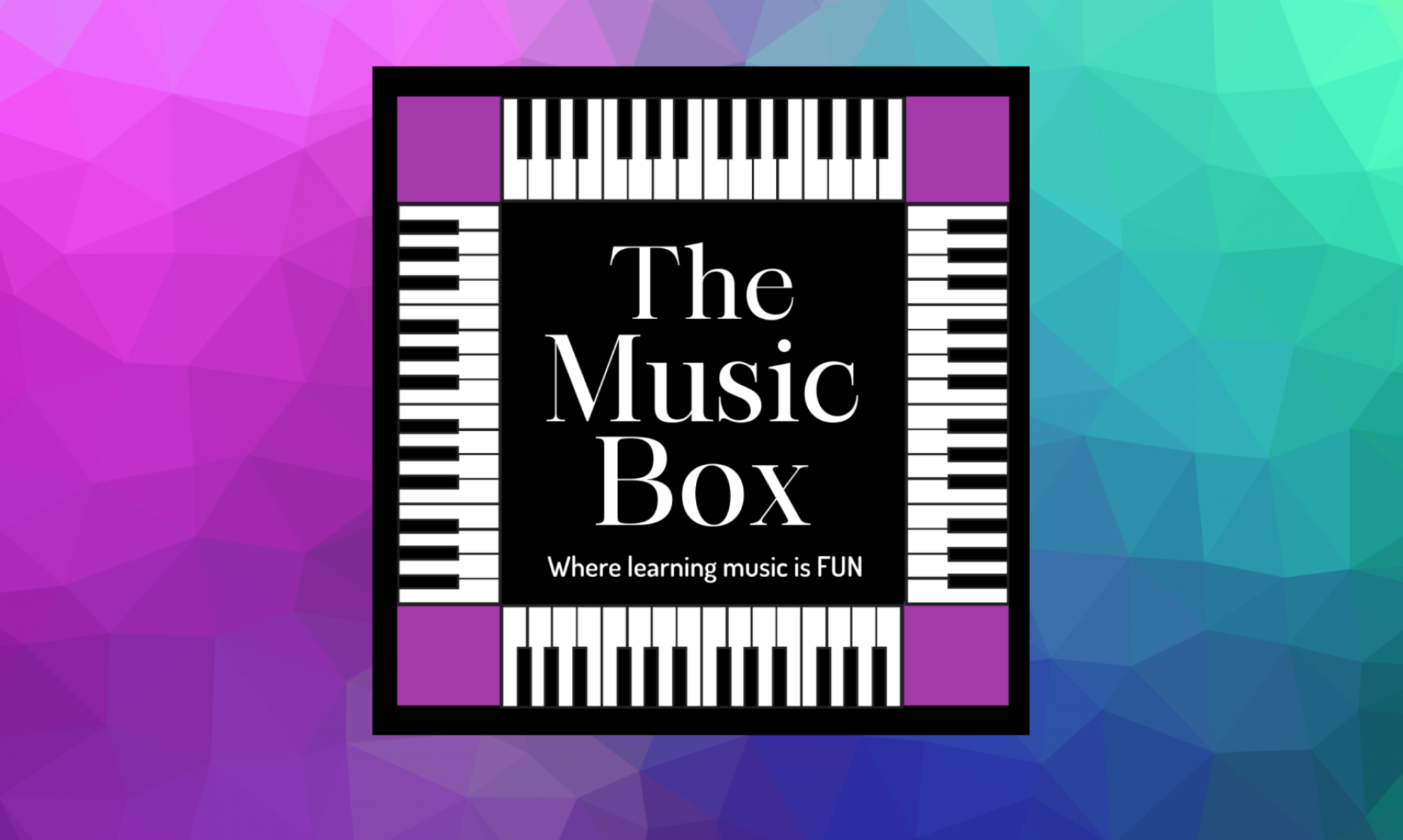The Long and the Short of it.
 Rhythm is a pretty important component of music. Without it, music would be pretty boring. For anyone out there who is not sure what rhythm is, sing any song…tap “the way the words go” on your knee…this is the rhythm.
Rhythm is a pretty important component of music. Without it, music would be pretty boring. For anyone out there who is not sure what rhythm is, sing any song…tap “the way the words go” on your knee…this is the rhythm.
For many young musicians, rhythm is the trickiest part of a piece to master since correct rhythm relies heavily on first being able to play the correct notes. While learning to play the melody students play slowly, often pausing at less familiar notes and often they do not even look at the note values until they have the notes figured out. Approaching a piece this way is dangerous because students are experiencing incorrect rhythm each time they practice the piece. Our brains have a habit of retaining information that is repeated, so if a student practices a piece with incorrect rhythm (even if it is just to pause for a difficult note) for a whole week, chances are that student will have to work extra hard to correct the rhythm later.
So what is the solution??? Obviously, the notes have to be learned correctly. How can you tackle both the rhythm and the notes at the same time?
1) Clap the rhythm 3x before you even begin to play the notes. This way, even if there are some pauses, you will be able to “hear” or imagine the correct rhythm in your head.
2) Play the rhythm on just one key (eg. middle C) This is a great way to practice the rhythm while getting a feel for how long to hold the keys for each note)
3) Read through the notes without playing.
4)Play through the section you are working at SLOWLY with the metronome to help you keep a steady pace. If you cannot play the correct rhythm and the correct notes at the same time – you are playing too fast for how well you know the piece. Slow it down even more until you can play correctly. Then inch up the speed bit by bit.
The above suggestions may take some time to implement short term, but they will save you loads of time in the long run. Give it a try!
Happy music making!
